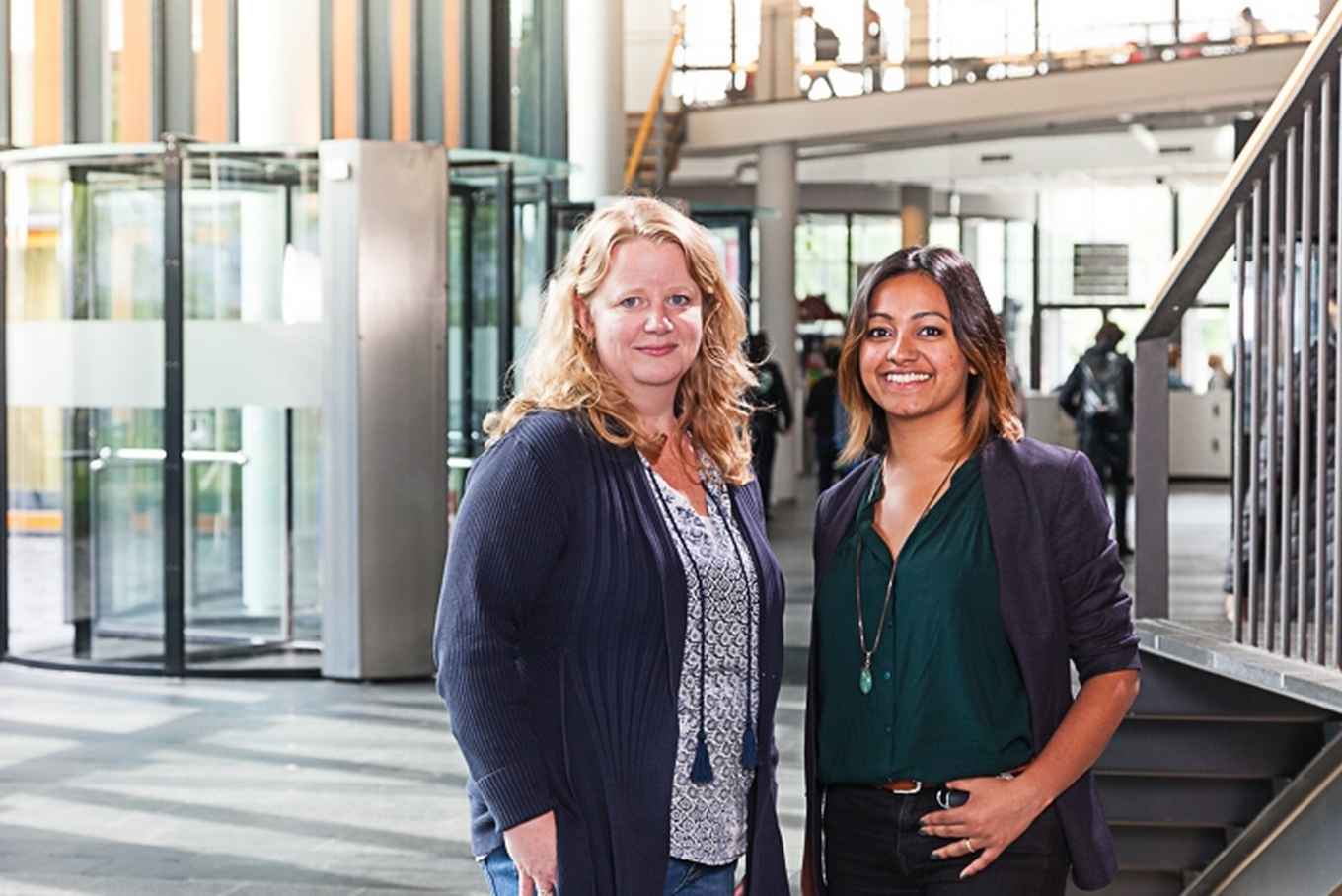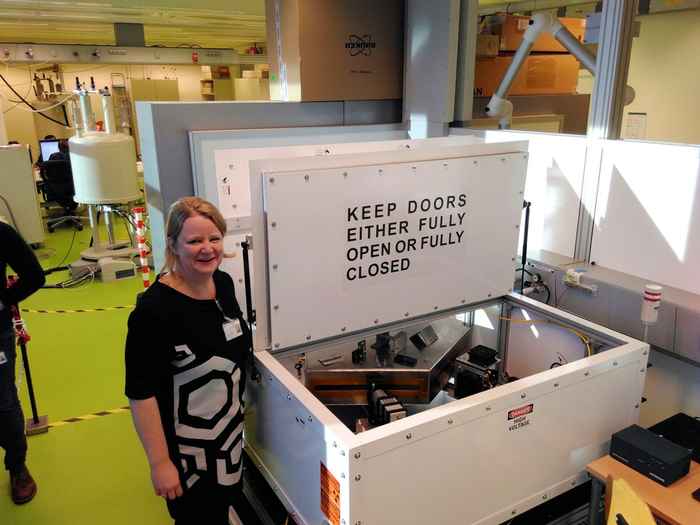Benchtop X-ray spectrometer competes for Amsterdam Science & Innovation Award 2017
12 June 2017

The Amsterdam Science & Innovation Award is the annual Amsterdam competition for innovative ideas with a societal and/or commercial impact. The award is open to all researchers, staff and students in all disciplines from all Amsterdam universities, universities of applied sciences, academic hospitals and public research centres. The winner will be awarded with € 10.000.
Earlier this month the jury presented their selection of ten finalists. Moniek Tromp and Monalisa Goswami defend the honour of the University of Amsterdam's Science faculty with their project XASPect: A benchtop X‐Ray Absorption Spectrometer.
High energy X-rays

XASPect was developed as part of Moniek Tromp's research at the UvA's research priority area Sustainable Chemistry, where she focuses on the characterization of catalysts that enable chemical conversions. To obtain crucial details on the way these catalyst work, Tromp needs to make use of high-energy X-ray beams. Since these are only available at a limited number of specialized European synchrotron research centres, this is quite a hassle. Beamtime is expensive and often researchers have to wait several months for a time slot (typically a few hours to a day) to perform their analysis.
To circumvent these drawbacks Tromp decided to develop her own laboratory X-ray spectrometer based on a commercial high power X-ray source. It has been up and running since Christmas 2016 and although not as powerful as the synchrotron X-ray analysis it offers a broad range of options and substantially speeds up research. Only very fast chemical reactions still require the trip to synchrotrons such as Diamond (UK), Soleil or ESRF (both in France).
Now Moniek Tromp, together with chemistry colleague Monalisa Goswami and business strategist Pokon Ganguli MBA are exploring the opportunities of turning XASPect into a business opportunity, offering benchtop X-ray spectrometry to other chemical and materials research laboratories.
Audience Award
An audience award of € 2.500,- is part of the competition. Until 20 June at 18:00 everybody can vote for their favourite project via the website.